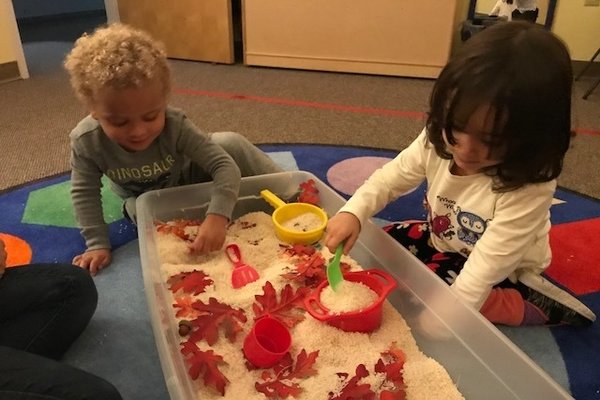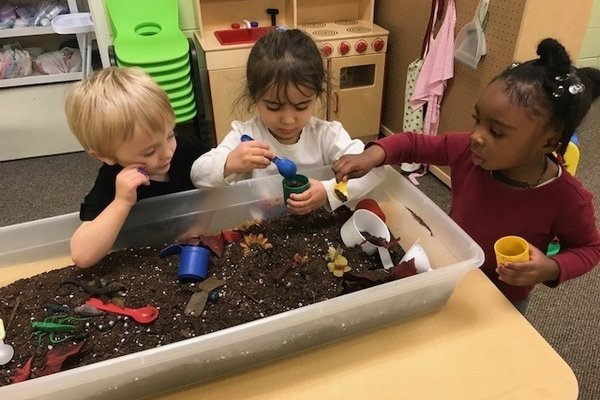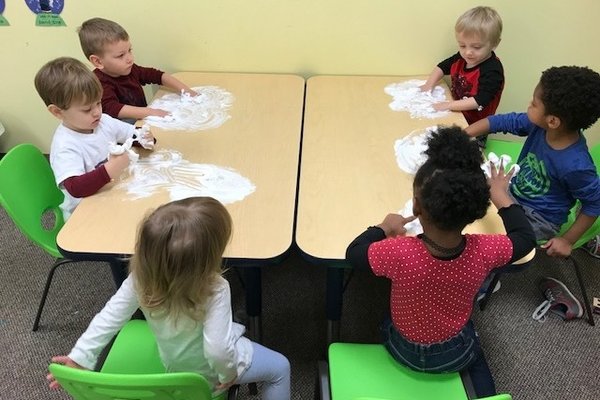
Zoo-Phonics Information for Parents
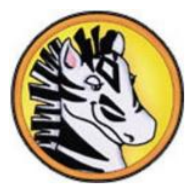 The Zoo-phonics Multisensory Language Arts Program is a kinesthetic, multi-modal approach to learning all aspects of language arts, including vocabulary development and articulation, based on phonics and phonemic awareness.
The Zoo-phonics Multisensory Language Arts Program is a kinesthetic, multi-modal approach to learning all aspects of language arts, including vocabulary development and articulation, based on phonics and phonemic awareness.
Zoo-phonics is a method developed to make children strong readers and spellers using a “phono” (hearing), “oral” (speaking), “visual” (seeing), “kinesthetic” (moving), and tactile (touching)—whole brain approach. Students actually learn the sounds of the alphabet and advanced phonemic concepts through an easily understood, concrete method of presentation.
Zoo-phonics uses animals drawn in the shapes of the letters for ease in memory. A related body
movement is given for each letter. This concrete approach cements the sounds to the shapes of the letters. Lowercase letters and their sounds are taught first (needed 95% of the time in text),
capital letters and letter names are taught later.
Zoo-phonics also provides a springboard for all other academia such as math, art, music,
cooking/nutrition, social studies, science, grooming, physical education and sensory/drama.
Every aspect of the program has been field-tested and found to be effective. Educational research
repeatedly supports the focus of phonics in early reading programs, as well as the educational
benefits of pictorial mnemonics and kinesthetic approaches to learning that are unique to Zoophonics.
Currently Zoo-phonics is used throughout the United States and internationally as a highly
effective language arts program.
Zoo-phonics is an effective and proven methodology!
- The Animal Alphabet helps children remember the shapes and sounds of the letters.
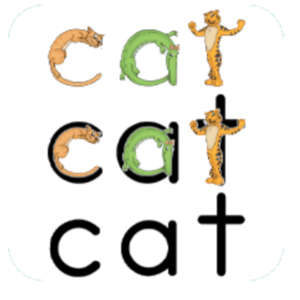
- Letter sounds are taught before letter names.
- Lowercase letters are taught before capital letters.
- The Body Movement for each Animal Letter helps “cement” the phonemic information into
memory. - The alphabet is taught sequentially, and as a whole entity, “a – z.” The alphabet is not fragmented.
- Short vowels are taught before long vowels.
- Phonemic patterns (at, bat, fat, sat, etc.) are taught first,rather than random word lists (of, it, then, was, etc.)
We use Zoo-phonics with a strong literature-based curriculum that also integrates science, math and social studies.
Go to www.zoo-phonics.com for more information and to see videos of it in action.
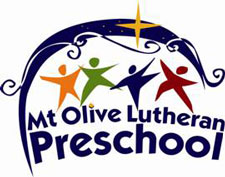
Contact
Preschool Director Anna Brent at
803-781-7180 or preschool@mtolivesc.org to learn more about our high-quality, affordable program and to schedule a tour.
Photos of the 4-Year-Old Class
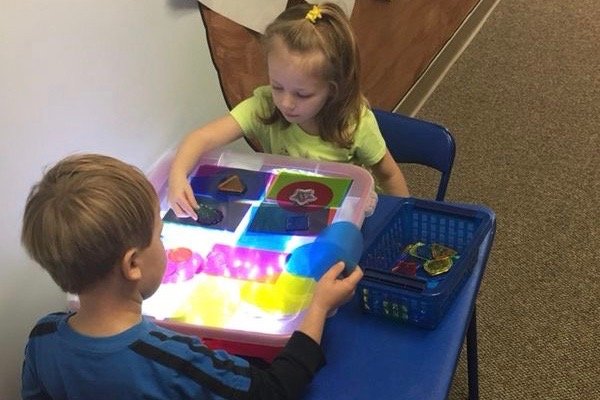
Fun at the light table

The Playground
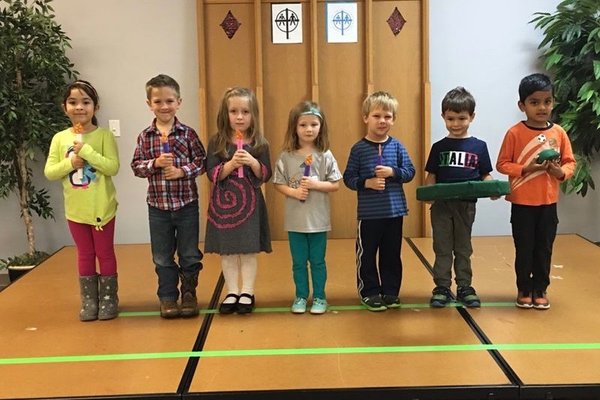
Practicing for the Christmas Program
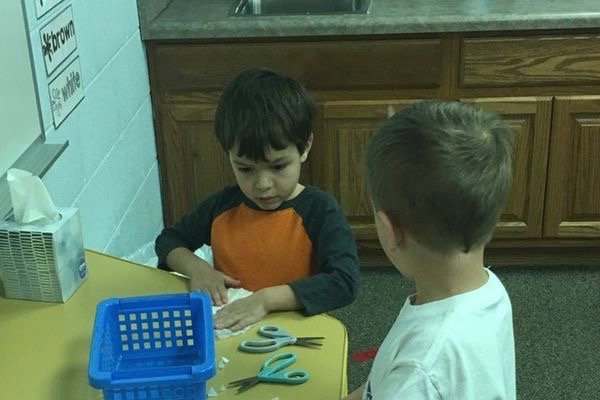
Making Snowflakes
Photos of the 3-Year-Old Class
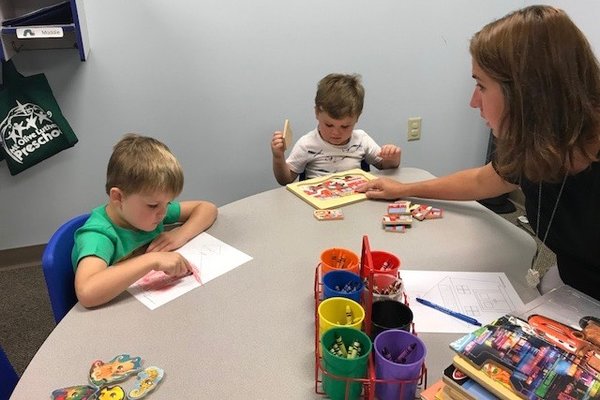
Beginning of the school year
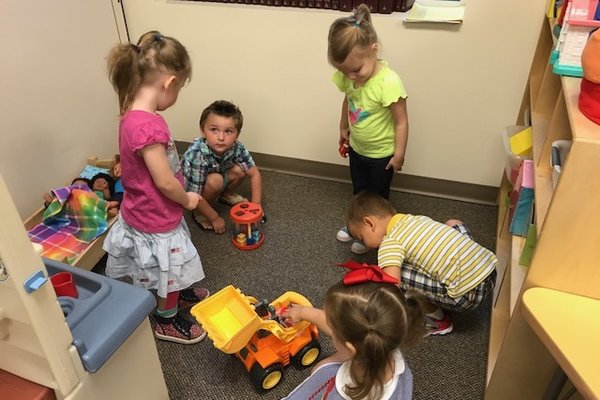
Playing
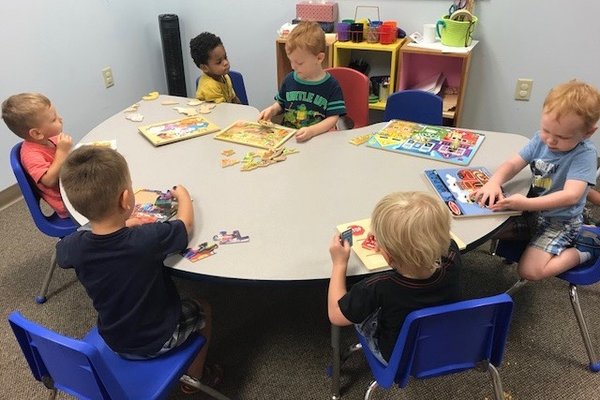
Puzzle time!
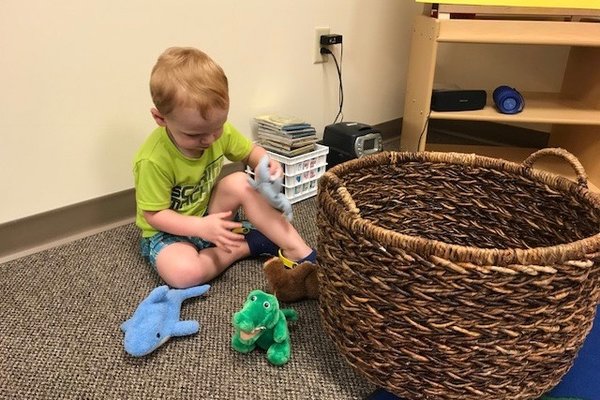
Play time
Photos of the 2-Year-Old Class
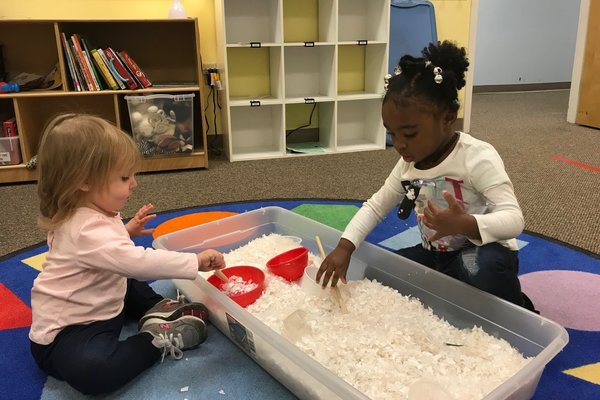
Sensory Toys
